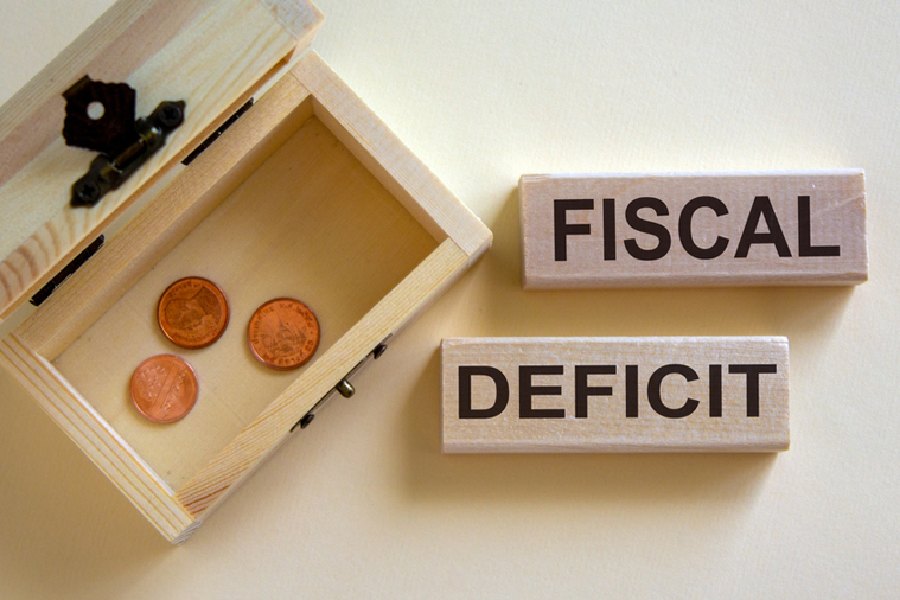The fertiliser subsidy is likely to shoot Rs 2 lakh crore in the current fiscal as the government has spent about 70 per cent of the budget sum of Rs 1.75 lakh crore from April to October.
Some economists expressed concern that the fiscal deficit for the fiscal may cross the budgeted target because of the higher subsidy.
According to the latest fertiliser ministry data, the total subsidy during April-October was Rs 1.2 lakh crore, comprising Rs 79,660.35 crore on urea and Rs 43,315.28 crore on phosphorus (P) and potash (K).
Of the total budget spend of Rs 44,000 crore for P&K subsidy, 98.4 per cent has been exhausted by October.
The government has allocated Rs 22,303-crore subsidy during the current Rabi season (October-March) for P&K fertilisers.
The Cabinet has already approved additional expenditure of over Rs 22,000 crore which is likely to be provisioned through the supplementary demands for grants to be tabled in the Winter Session beginning on Monday.
“The recent information indicates that the annual fertiliser subsidy may amount to Rs 2.25 lakh crore compared with the budget estimate of Rs 1.75 lakh crore,” D.K. Srivastava, chief policy advisor, EY India, said.
He said there might be a slippage in the fiscal deficit to GDP ratio to close to 6.1 per cent from the target of 5.9 per cent assuming that the nominal magnitude of GDP remains at the level as given in the ‘‘Budget at a Glance’’ statement of the Union Budget for FY24. ‘‘There may be further pressure on this number due to a slippage in nominal GDP growth and any shortfall in the budgeted gross tax revenues.”
“The overall fertiliser subsidy for 2023-24 is to be higher by 13-14 per cent over the budgeted estimates as an increase in consumption is expected to continue in the rabi season owing to the anticipated increase in acreage under crops like wheat, mustard and potato, to name a few," Pushan Sharma, director, research, Crisil Market Intelligence and Analytics, said. Urea contributes 53-55 per cent of the total fertiliser consumption during the rabi season.
Fertiliser consumption rose 13-14 per cent during the 2023-24 kharif season, with urea up 6-7 per cent and non-urea up 23-24 per cent, according to Crisil. Urea accounted for 65 per cent of the total fertiliser subsidy for kharif this year, and non-urea for the balance 35 per cent.
For 2023-24, the Union budget in February allocated Rs 1.75 lakh crore for fertiliser subsidies, but even though global crop-nutrient rates have stabilised, actual full-year spending may rise if the rates go up.










